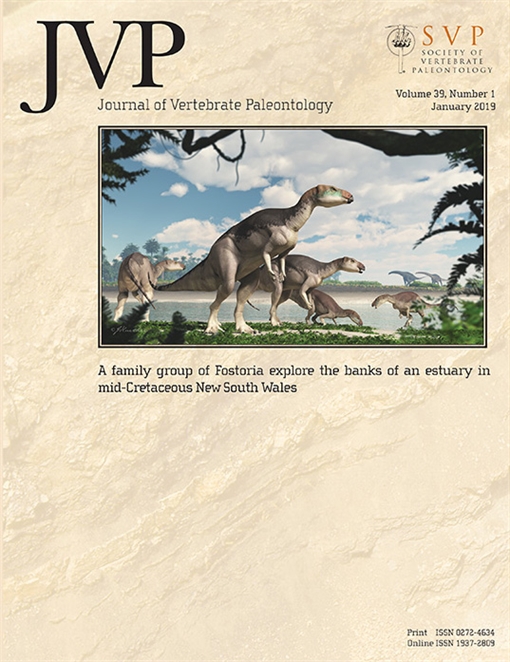Animals with large differences in body size between adults and juveniles will often exhibit differences in behavior through ontogeny, and these behavioral differences can sometimes have direct effects on skeletal morphology. Scapula shape has been shown in several groups to be highly influenced by function and in some groups to be a good indicator of body size. Megalonyx and Paramylodon, two of the most common and widespread of the North American Plio-Pleistocene giant ground sloths, had overlapping temporal and geographic ranges. However, they have few co-occurrences in the fossil record. In this study, the scapulae of juvenile and adult Megalonyx jeffersonii and Paramylodon harlani were analyzed using geometric morphometrics and compared with those of the two genera of modern tree sloths, Bradypus and Choloepus. The ground sloths have significantly different scapula shapes from each other, as do the tree sloths. The scapula shapes between juveniles and adults of each genus are also significantly different from each other, with the scapulae of the juveniles of each species more circular in appearance than the more ovoid ones in adults. All four genera show significant allometry, but it is more apparent in adults than juveniles. However, there is no difference in nonallometric shape between adults and juveniles or between each pair of genera. The ground sloths exhibit similar changes in ontogeny to those observed in modern sloths, indicating that ground sloth juveniles may have engaged in similar behaviors to those of modern sloths, such as clinging to their mothers for transportation. Ground sloth juveniles also possess morphological traits that have been linked with semiarboreal behaviors.
How to translate text using browser tools
22 August 2019
Inferring Differential Behavior between Giant Ground Sloth Adults and Juveniles through Scapula Morphology
Andy D. Grass
ACCESS THE FULL ARTICLE






